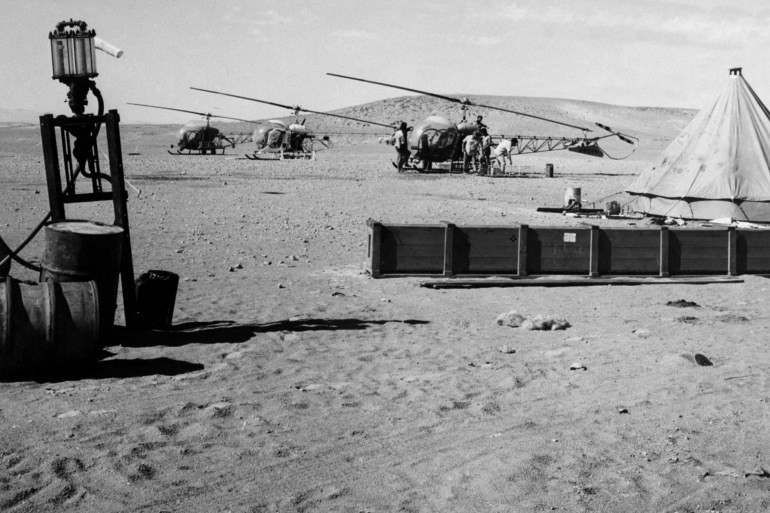The Algerian desert is still spreading the secrets of our vast universe hidden in meteorites coming from its depths, the last of which was the meteorite Irq Shash 002, which was found in May / May 2020 in the Erg Shash area in the state of Adrar, southwest of Algeria, which has become the subject of international studies after it turned out to be the oldest stone coming From outside the planet earth.
According to the study published in the American Journal of Proceedings of the National Academy of Sciences (PNAS) in this March issue, this stone is more than 4 billion years old, meaning that it is larger than the oldest meteorite that has been found. So far a million years ago, and above that, it does not resemble a meteorite in its predominantly sodium-like composition.
Meteorite "emerald"
According to the study, it appears that this meteorite carries many characteristics and features that make it unique, as it comes from a small planet that was in the process of growth and was not completed, because it collided with another asteroid and thus it is considered a physical evidence of the existence of this asteroid earlier.
The researchers classified this meteorite within a group of fiery meteorites, which according to the World Meteorite Archive number 3179 meteorites, but this meteorite has characteristics that scientists have never seen before.
An expert in cosmology, the Algerian Charf Shabou from the University of Setif, who was among the first to talk about this meteor in a telephone statement to Al-Jazeera Net, says, "I was among the first to talk about this meteorite last July, and it is the last meteorite that was found. Him in Algeria, and I said at the time that he carries many secrets. "
Sharf Shabou, who is considered one of the most prominent specialists in meteorites in Algeria, added that this meteorite was called the emerald meteorite because it is rich in a type of green mineral, and it was quickly classified in the World Meteorite Authority in July 2020, and it is one of the largest meteorites in size that was found in Algeria, where it weighs 30 kg.
A greenish-colored gauze sweat meteor called the emerald meteorite (A.Irving - Institute for the Moon and Planets)
Exceptional information
For her part, Moroccan researcher Hasna El-Shennawi from the University of Hassan II in Casablanca said in an e-mail statement to Al-Jazeera Net, "The information that scientists have extracted from this meteorite is exceptional and very important, and she reiterates that these rocks are of utmost importance at the international level in advancing scientific knowledge." Planets. "
In a question about the absence of Arab researchers from international scientific research teams, especially from the countries in which such rocks were found, our interviewer said, "There are no restrictions on international laboratories for the participation of foreign researchers."
She added, "What should happen is the opposite. Researchers from the countries in which these rocks are found are required to develop their research skills and impose themselves. The standards of scientific research in the world are known, and research laboratories do not include among their teams of foreigners except the most distinguished."
Erg Gauze is a desert area in Algeria where a lot of meteorites have been found (French)
Except in Algeria
In a related context, researcher Sharf Shabou again raised the problem of the arrival of such meteorites to global laboratories by illegal means, as he said, "When it was announced that this meteorite was found and classified in the World Meteorite Authority, it had differentiated between many of the laboratories of the world, and I expect that studies Others about it will be issued in the future. "
Shabo added, "According to my information, there are 5 interventions regarding this meteorite that will be presented by the best researchers in the world in this field during the 52nd symposium of planetary sciences that will be held from 15 to 19 March in Houston, USA."
Our interlocutor concluded, "Although the size of this meteorite is large, reaching 30 kg, we do not have anything from it in Algeria."

